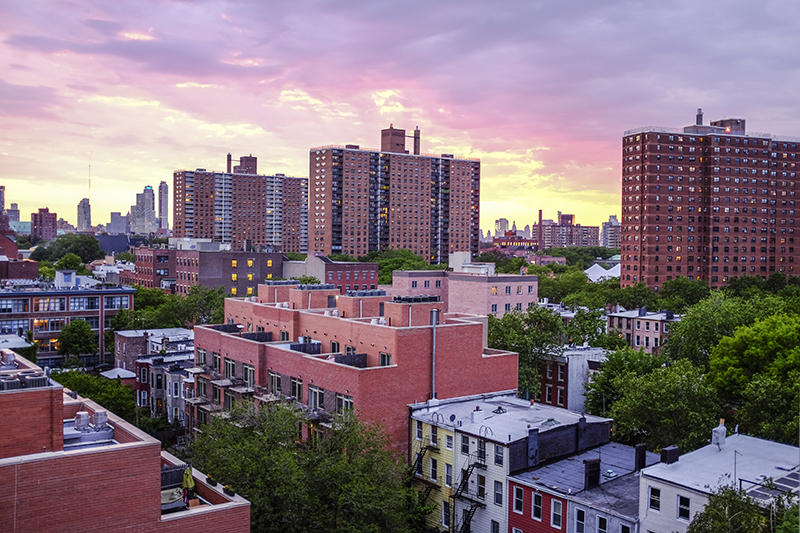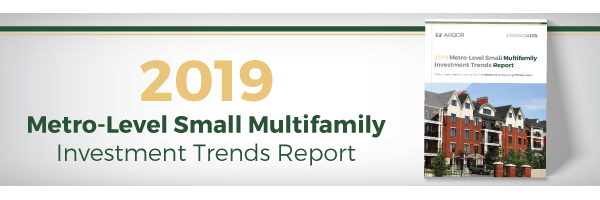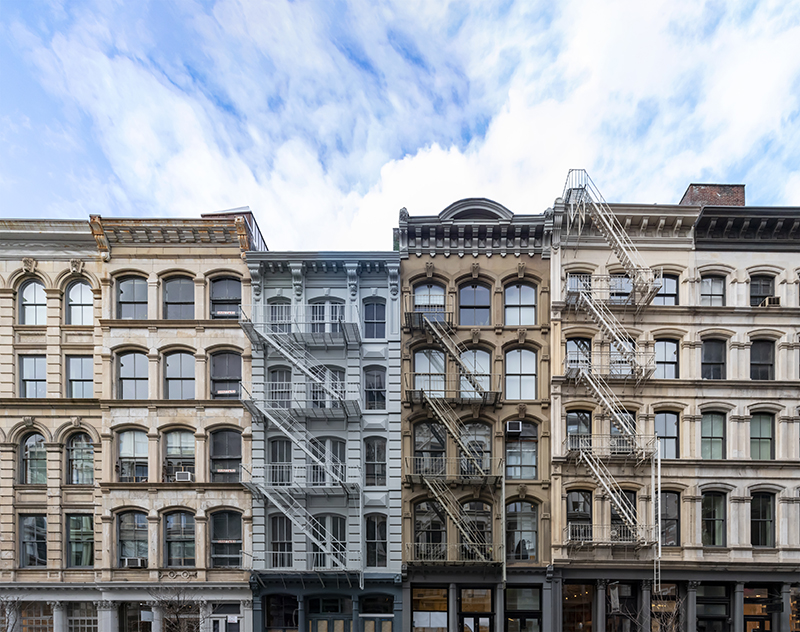On “The Urban Lab” podcast, Arbor’s Chairman and CEO Ivan Kaufman explains the strength of multifamily investments holding up during the COVID-19 crisis.
2019 Top U.S. Markets for Large Multifamily Investment Report

This annual report takes an in-depth look at how the landscape for large multifamily investment has evolved over the past year, and where demand growth is forecasted in the year ahead in the top U.S. markets.

Small Multifamily Inventory Growing Fastest in New York City’s Outer Boroughs

New York City’s small multifamily inventory mostly consists of older, pre-war buildings, while large apartment buildings tend to be newer.

2019 Metro-Level Small Multifamily Investment Trends Report

The small multifamily market has experienced rapid change over the course of this cycle due to improved access to capital, favorable demand and a dramatic step-up in operating efficiency. This new annual report takes a closer look at the sector’s performance by breaking out the top-50 U.S. metros into three tiers and analyzing the markets in terms of origination volume, cap rates, debt yields and more.

New York City’s Small Multifamily Market Balanced Across Boroughs

Multifamily properties made up 75% of New York City’s rental market. Large multifamily was concentrated in Manhattan, while small multifamily was more evenly distributed among the five boroughs.

SFR’s Rising Affordability Counters National Crisis

Single-family rental residents have enjoyed a rise in national rental affordability during this cycle, with rents as a share of household income declining.

The Arbor Small Multifamily Price Index

Arbor Realty Trust has created the Arbor Small Multifamily Price Index (ASMPI), in partnership with Chandan Economics, to provide new and important data on the small multifamily market that can help shed light on potential investment opportunities in the sector.


